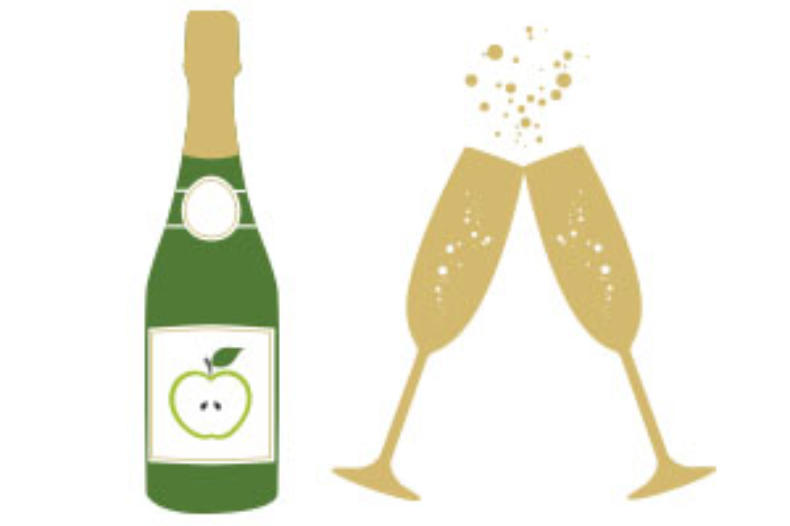More is not always the merrier
Evelina Skrudyte explains why some evidence missed the mark. O/805/18, Bisou Beauty (Opposition), UK IPO, 14th December 2018.

O/805/18, Bisou Beauty (Opposition), UK IPO, 14th December 2018
Key points
- Goods and services are deemed identical when the opponent’s goods cover the applicant’s or vice versa
- The HO found that undated and post-dated evidence, evidence covering a small portion of the goods and services protected by the registrations, and evidence originating from outside the UK were not sufficient to succeed in the s5(3) claim
- The HO found that internet links are not durable and reliable evidence
On 2nd August 2017, Easy Question Ltd (the Applicant) filed to register a series of two stylised marks for BISOU BEAUTY (the Application) for goods in classes 3, 5, 8, 16, 18, 20, 21 and 24.
Nuwena GmbH (the Opponent) opposed based on three earlier EU trade marks (EUTMs) for bilou in classes 3, 4, 5, 8, 14, 18, 21, 26, 29, 30, 32, 33 and 44, and two EUTMs for bilou Bibi loves you in classes 3, 4, 5, 8, 14, 18, 21, 25, 26, 44 (the Earlier Marks). All marks were registered less than five years ago. The Opponent relied on s5(2)(b) and s5(3) of the Trade Marks Act 1994.
Evidence and decision
In support of its s5(3) claim, the Opponent submitted a variety of evidence, including sales figures and awards, data related to the Opponent’s Instagram and affiliated vlogs, various internet links (not supported by screenshots) and photographs. The aforesaid evidence was either related to Germany, undated, post-dated the filing date of the Application or wasn’t presented on paper (ie internet links).
In relation to the s5(2) claim, the Hearing Officer (HO) observed that bilou is the first word that is read and heard in the Earlier Marks, as is BISOU in the Application. Bilou is an invented word and is inherently distinctive. Aurally and visually, BISOU and bilou only differ in the middle letter. Aurally, both marks end with a long “–oo” sound. Accordingly, the HO found that there is a good degree of visual and aural similarity between the Application and bilou, and a medium degree when compared to bilou Bibi loves you.
In assessing the similarity of goods/services, the HO carried out a class-by-class comparison. Applying, among others, the Meric principle (whereby the opponent’s goods cover the applicant’s or vice versa), the HO concluded that the applied-for goods, save for “mouldings for mirrors; bathroom vanities; cushions adapted to support the face [other than for medical use]”, were identical or similar to a high, medium or low degree. The s5(2)(b) claim partially succeeded.
However, the evidence presented before the HO was insufficient to establish the reputation in the UK, and the s5(3) claim failed. Notably, it didn’t cover the right territory, and the internet links were not presented in the correct format to be considered. Without a reputation in the UK, the UK public would not have formed a link between the Application and the Earlier Marks at the relevant date, meaning there could be no damage.
Advantage of youth
The Opponent’s “young” registrations were an advantage and entitled it to rely on a wide range of goods and services and leave the groundwork to the examiner. However, in relation to the evidence of reputation, the Opponent has “shown its hand”. As the registration matures, difficulties may arise if proof of use is requested and no more use is made.
Further, the case is a reminder that the evidence of reputation has to be relevant, clear and precise, in date, and cover a reasonable portion of protected goods and services. More is not always the merrier when it comes to claiming reputation for lots of goods and services.
Evelina Skrudyte is a CITMA Paralegal and Legal Assistant at Appleyard Lees IP


